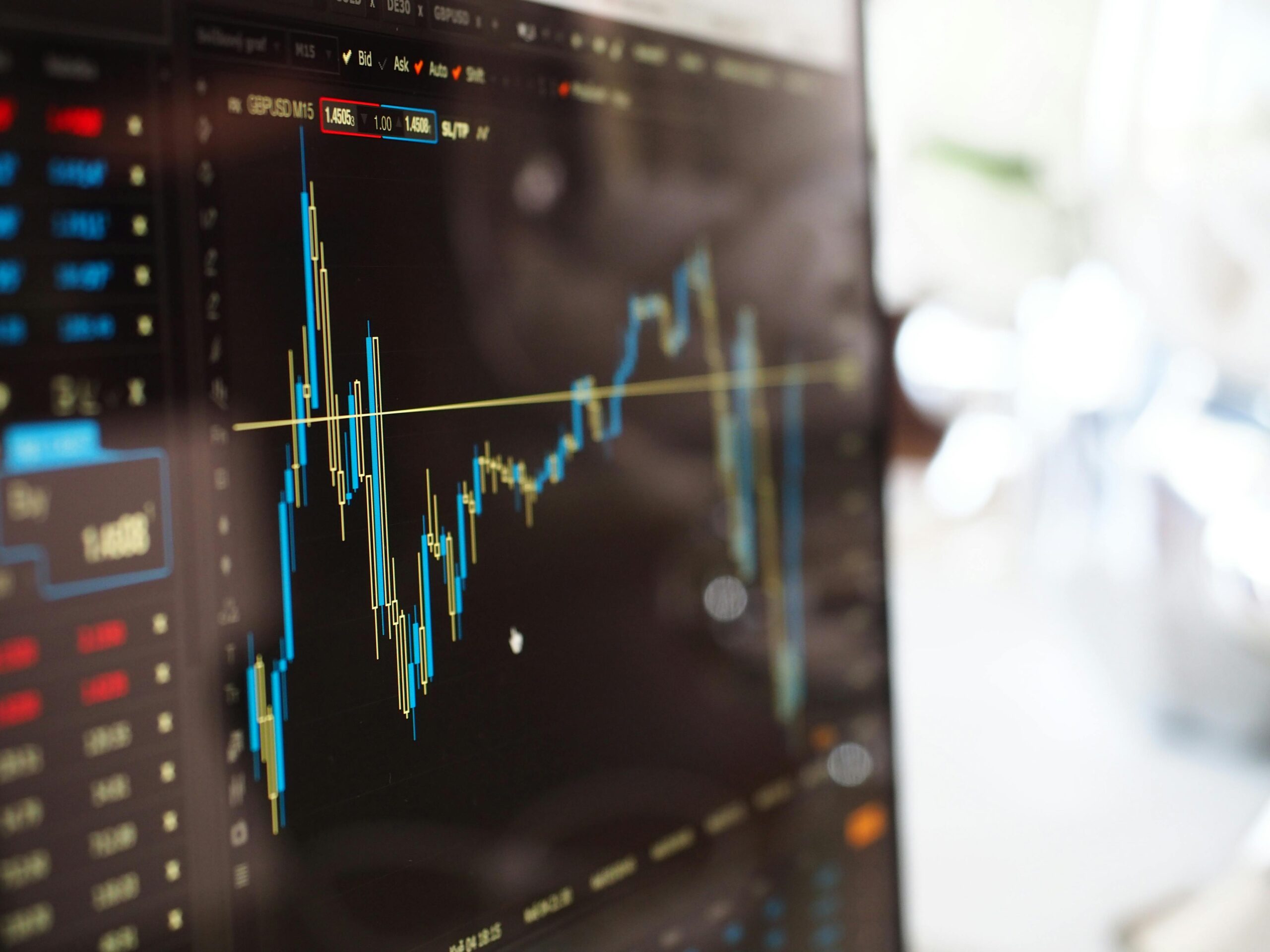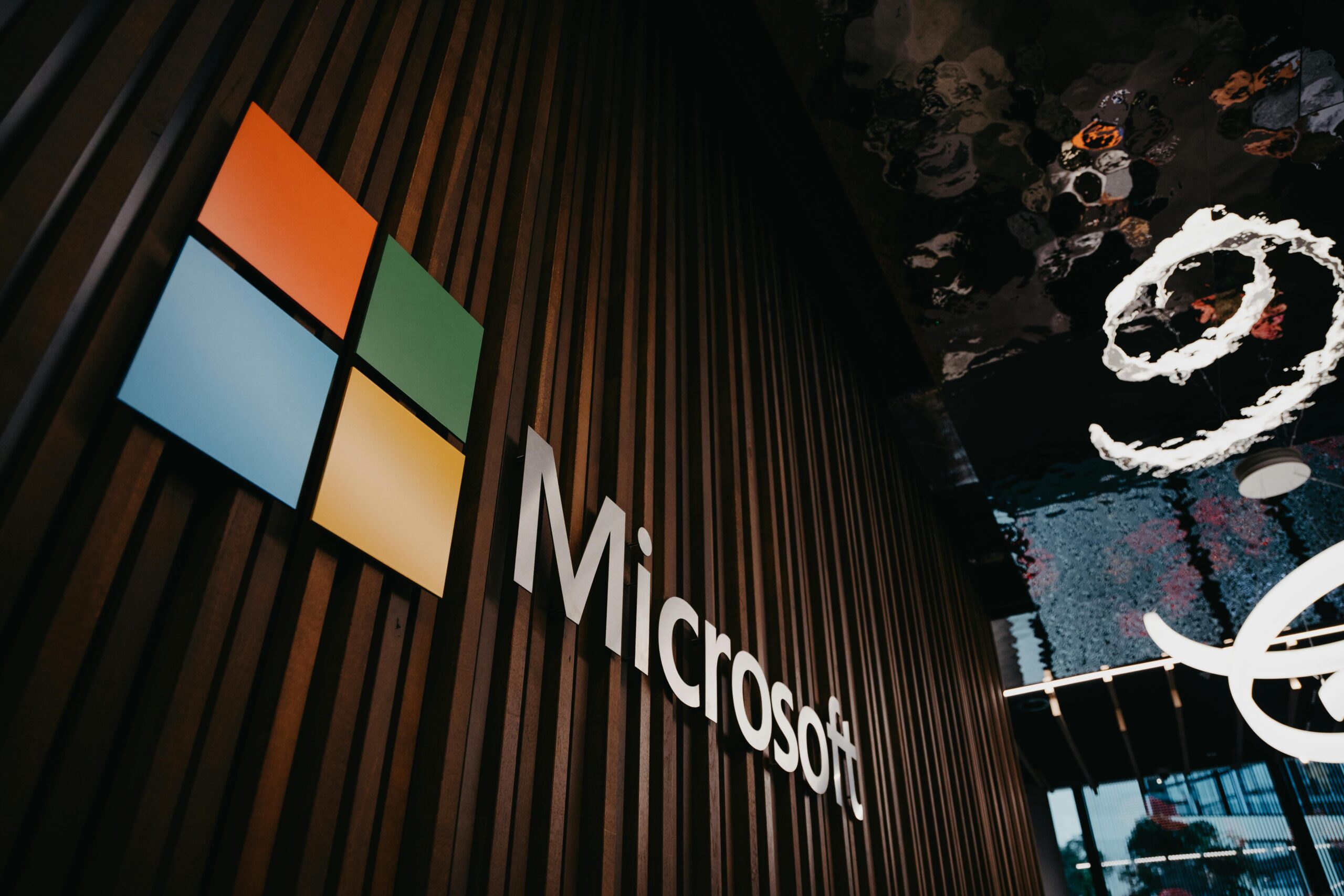When it comes to investing in today’s fast-paced market, it’s easy for the spotlight to drift toward companies that make splashy headlines—think the hot new AI start-up or the buzzy electric vehicle maker touting breakthrough range. But when considering where to put your hard-earned money for the long haul, sometimes it’s worth circling back to the established leaders. Take Apple (NASDAQ: AAPL), for instance. With a market cap that has danced above the $2 trillion mark, Apple isn’t exactly an undiscovered gem. Everyone knows the iPhone, the Mac, and the Apple Watch. Its products are beloved by millions, and the brand has a near-mythical status in consumer electronics. Given that Apple is already one of the world’s largest and most recognized companies, how can it possibly still present an attractive opportunity for long-term investors?
The answer lies in its evolution from a device maker to a multifaceted ecosystem, its unmatched customer loyalty, its underappreciated growth engines, and the staying power of its balance sheet. Apple, which began as the scrappy underdog in personal computing, has matured into an integrated tech behemoth that extends well beyond the iPhone. And for patient shareholders, the upside that comes from that tremendous scale and reach may still be in the early innings.
A Transition Beyond the iPhone
No one’s going to argue that Apple’s iPhone isn’t a massive success story. But what’s fascinating about Apple is the strategy it has employed to gradually diminish its reliance on a single flagship product. True, the iPhone remains the company’s largest revenue driver, and for good reason: it’s a mainstay in modern life. But over the years, Apple has been adding new spokes to its revenue wheel—products and services that diversify its income streams.
The Services segment, which includes the App Store, Apple Music, iCloud, AppleCare, and Apple TV+, now represents a robust and rapidly growing line of business. Apple’s services have incredibly attractive margins compared to hardware and they’re highly sticky, thanks to the ecosystem lock-in. Once you’ve bought that iPhone, it’s only natural to subscribe to Apple Music or pay for extra iCloud storage. The familiarity of Apple’s ecosystem encourages customers to stay within its walled garden, creating predictable recurring revenue.
Look beyond Services, and you’ll see Apple’s robust Wearables, Home, and Accessories segment quietly making waves. The Apple Watch, AirPods, and other accessories have become cultural phenomena in their own right. It’s not that these products rival the iPhone in scale (not yet, anyway), but they demonstrate Apple’s ability to create whole new product categories that resonate with consumers. That’s not something every company can do. Many tech firms have tried (and failed) to replicate Apple’s ability to spawn entirely new revenue streams. Apple isn’t resting on its laurels. It’s building a portfolio that ensures a future not solely tethered to a single device.
Power of the Ecosystem
Many companies would kill for Apple’s user base—an army of over one billion active iPhone users worldwide. That user base doesn’t just buy one device. Many loyal customers own a Mac, an iPad, an Apple Watch, AirPods, and use several Apple services. This ecosystem doesn’t just grow revenue; it builds a moat that’s extraordinarily difficult for competitors to cross.
For one, the seamless integration between Apple’s devices and services turns switching to another platform into a hassle that many customers would rather avoid. Ever tried using non-Apple earbuds with your iPhone? Sure, it can be done, but the effortless pairing and intuitive controls are missing. And good luck finding a laptop that syncs up so easily with your phone’s photo gallery or messages as a Mac does. Over time, these small conveniences add up, keeping customers deeply entrenched within Apple’s ecosystem.
This ecosystem effect is critical for long-term investors because it suggests Apple can maintain and even grow its pricing power. Competitors might offer similar or cheaper products, but Apple’s faithful users have shown they’re willing to pay a premium for Apple’s brand promise and integrated experience. This, in turn, supports robust margins and the ability to reinvest in future innovations.
Innovation: More Than Just Gadgets
While Apple is well-known for its hardware, the company’s greatest strength might be how it knits together software and services with thoughtfully designed devices. It’s not just about selling the next generation iPhone; it’s about reimagining how we communicate, play, work, and stay healthy. Apple’s move into healthcare—through the Apple Watch’s fitness and health tracking features—is a window into a future that could see the company become a major player in health-related data, wearables, and services.
Meanwhile, Apple’s entry into banking services with the Apple Card and the Apple Savings account is a testament to its ability to leverage the power of its brand and ecosystem to break into markets beyond consumer electronics. And while it’s still early days, the ongoing investments in augmented reality (AR) and potentially Apple’s future Vision Pro headset may herald a new era of computing experiences.
To be clear, not all of these moves will pay off at once. Apple is known for being patient and playing the long game, often perfecting technologies before they hit the mass market. This patience is a luxury afforded by a strong balance sheet and a devoted customer base. Investors should appreciate that Apple doesn’t need to invent the next iPhone-level hit overnight. Instead, it can methodically build the next generation of products and services that will drive growth down the road.

Financial Strength and Shareholder Returns
No discussion of Apple is complete without mentioning its jaw-droppingly strong financial position. The company consistently generates enormous amounts of free cash flow—cash flow that it uses to fund dividends, share buybacks, research and development, and strategic acquisitions. Apple’s fortress-like balance sheet allows it to weather economic downturns, supply chain issues, and the occasional product flop.
From a shareholder’s perspective, Apple’s generosity is notable. While its dividend yield might not top the charts, the company’s steady track record of dividend hikes and massive share repurchase programs are a compelling combination. The buybacks, in particular, have helped fuel earnings per share growth even in periods when revenue growth is modest. In other words, Apple knows how to return capital to shareholders effectively and efficiently, a trait that often signals mature, prudent management.
For long-term investors, Apple’s financial discipline and capability to adapt suggest that while the company might not double overnight, it can continue to compound returns for years to come. Over time, slow and steady wins the race—especially in the stock market.
Valuation and Long-Term Perspective
One of the pushbacks on Apple as an investment is that its valuation doesn’t come cheap. Trading at a premium to many of its peers, some investors question whether Apple can justify its multiple. But here’s the thing: High-quality companies with strong moats, durable competitive advantages, and phenomenal brand loyalty often warrant premium valuations.
Investors should consider Apple’s P/E ratio in the context of its reliable earnings growth, robust ecosystem, and potential for expansion into new markets. While short-term fluctuations in the stock price are inevitable (particularly given Apple’s massive weighting in major indexes), the longer view suggests that the company still has levers to pull—both in terms of product innovation and services expansion.
Yes, Apple has matured from the early days of explosive growth. But maturity can be a good thing. The company has shown it can navigate market shifts, remain relevant as consumer tastes change, and keep customers excited for whatever it dreams up next. Apple is also notoriously good at managing its supply chain and protecting its margins, even under challenging global conditions.
The Bottom Line
Apple today might not generate the 10x returns it did when it was a scrappy underdog. But the qualities that propelled Apple to its current market-dominating position—innovation, brand loyalty, ecosystem entrenchment, and strong financial stewardship—are still very much at play. The company continues to evolve, extending its reach into services, wearables, health, finance, and potentially new computing frontiers like augmented reality.
For long-term, patient investors, Apple still looks like a solid bet. Its scale, diversification, and strategic vision suggest it can keep churning out reliable returns well into the future. While the next few quarters may fluctuate along with the broader tech sector, the big picture remains bright. Apple might be the ultimate “steady eddie” in a tech world often obsessed with the next big thing. And as any Foolish investor knows, sometimes slow, steady, and predictable growth is exactly what you want in your portfolio.












